Hembury Woods on the fringes of Dartmoor is at its very best on a misty autumn morning. These mists, created by the graceful River Dart and held in place by the canopy of trees, enhance the beauty of this ancient and peaceful place.
Add in milky coloured lichens dripping from branches, soft green mosses clinging to trunks and the assorted tones of reluctantly changing autumn leaves, and Hembury Woods become a place of magic, mystery and storytelling.
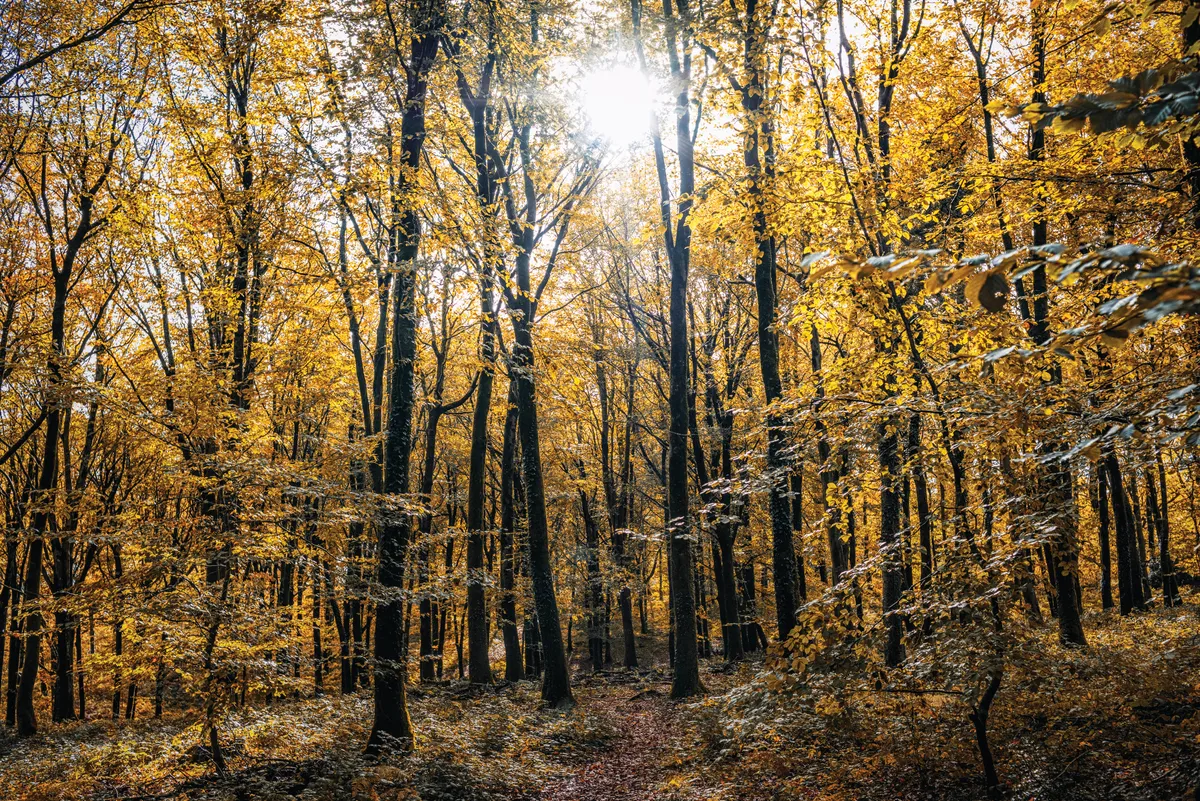
This special time of year comes late to Devon, lingering on towards Christmas. As the seasons change, the woods here offer plenty of opportunity for visitors to enjoy the copper tones of beech leaves, the bronze shades of ancient oak and the burnt-orange berries of rowan.
The trails and tracks that pass through Hembury have been influenced since ancient times by humans’ quest for food, safety and industry, but the woods are now a place for wildlife and wildlife-lovers. Migratory summer birds will have returned to Africa by now, but walk quietly along the riverbank and you might be lucky enough to spot a flash of blue as a kingfisher flies by.
You may also like:
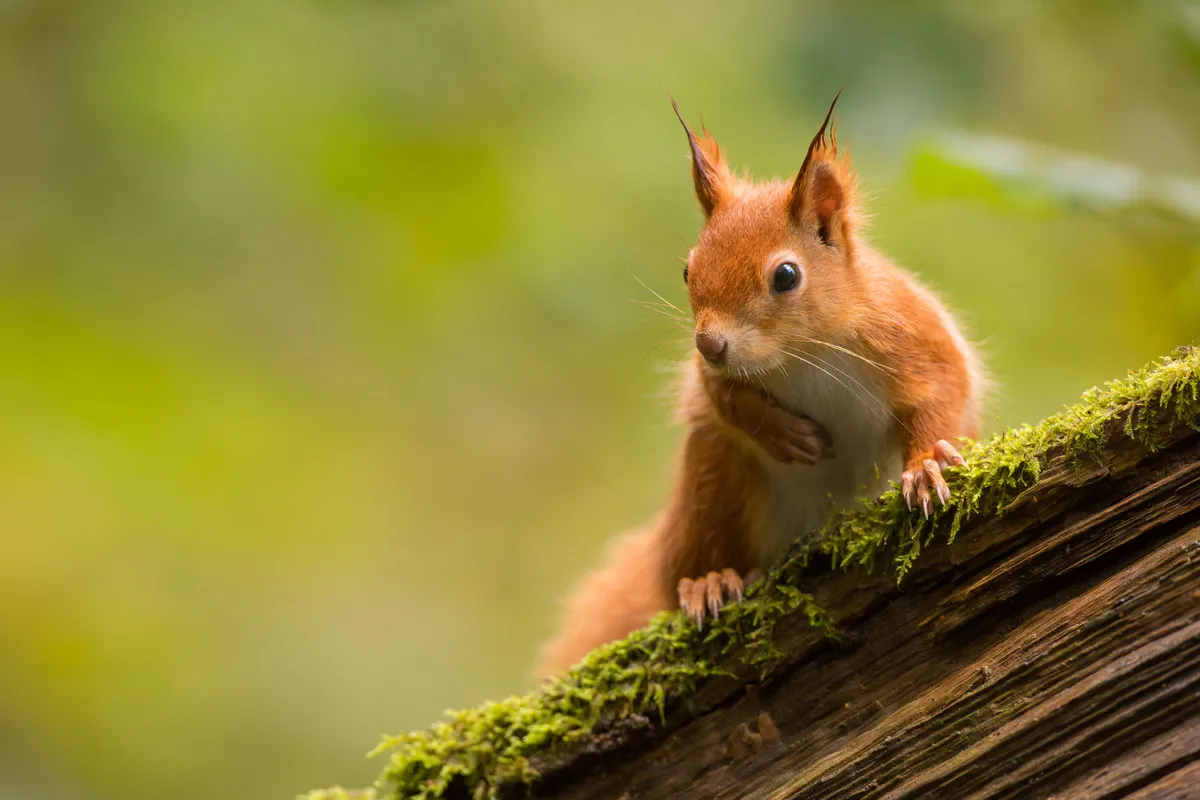
Even more secretive are the horseshoe bats that now inhabit the deserted mine workings; visit in the evening and you might spot them whizzing around looking for moths to eat as they prepare for their winter hibernation. Hembury Woods is also an important habitat for the high brown fritillary, which is Britain’s most endangered butterfly. You’re unlikely to spot these large beauties this late in the year, but you will notice the graceful browns of their favourite bracken habitat as the plant settles down for a dormant winter.
The Iron Age hillfort of Hembury Castle is well worth the climb. This was a strategic site and has a number of interesting features, including an 11th or 12th-century Norman motte and bailey castle built within the Iron Age walls, and a deep defensive ditch and rampart.
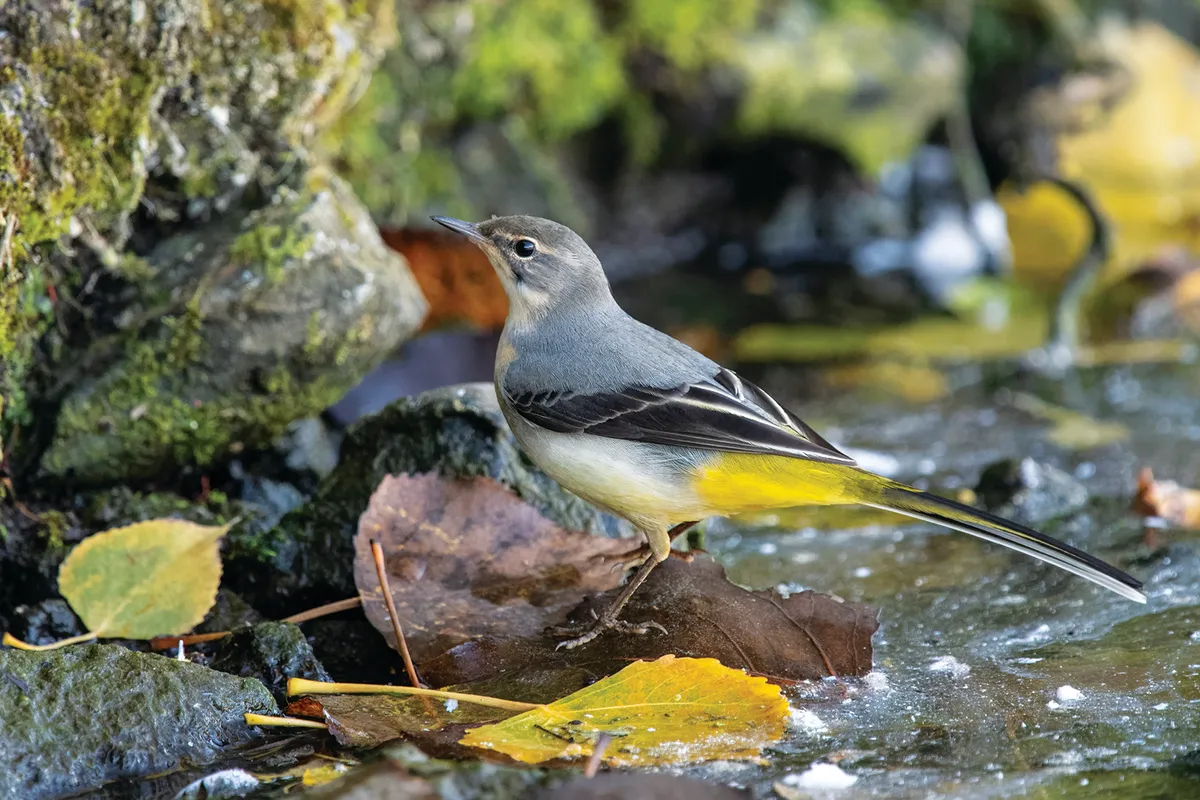
A short walk through Hembury Woods in Dartmoor National Park.
2.2 miles/3.5km |1.5 hours | moderate
This family-friendly walk has plenty to offer when it comes to wildlife, history and beautiful views. Descend beneath the woodland canopy, follow the churning River Dart upstream, identify some of England’s most loved trees, then emerge through the canopy to explore the hillfort before ambling back to the beautiful picnic area.
This walk has some steep sections and the path is uneven in places. The fort can also be accessed on a shorter walk via the lane with more manageable paths.
1. Down to the dart
Leave the car park and cross the lane. The path forks almost immediately; take the smaller footpath on the right that leads steeply down to the River Dart. Spot the hazel trees and their furry leaves on the way down.
2. Alder bank
At the river, turn left and walk upstream along the bank. Follow the diversion signs where the old path is eroded.
Keep an eye out for the alder trees with their round leaves and beautiful fissured bark. Instead of rotting, alder becomes stronger when soaked in water. It has been used across the ages for boats and canal banks but also does a fine job of protecting riverbanks from erosion and creating wildlife habitats.
The combination of woodland and river suits some birds. As well as kingfishers, you might also see grey wagtails with their bobbing tails and yellow tummies, and dippers with their distinctive white bibs.
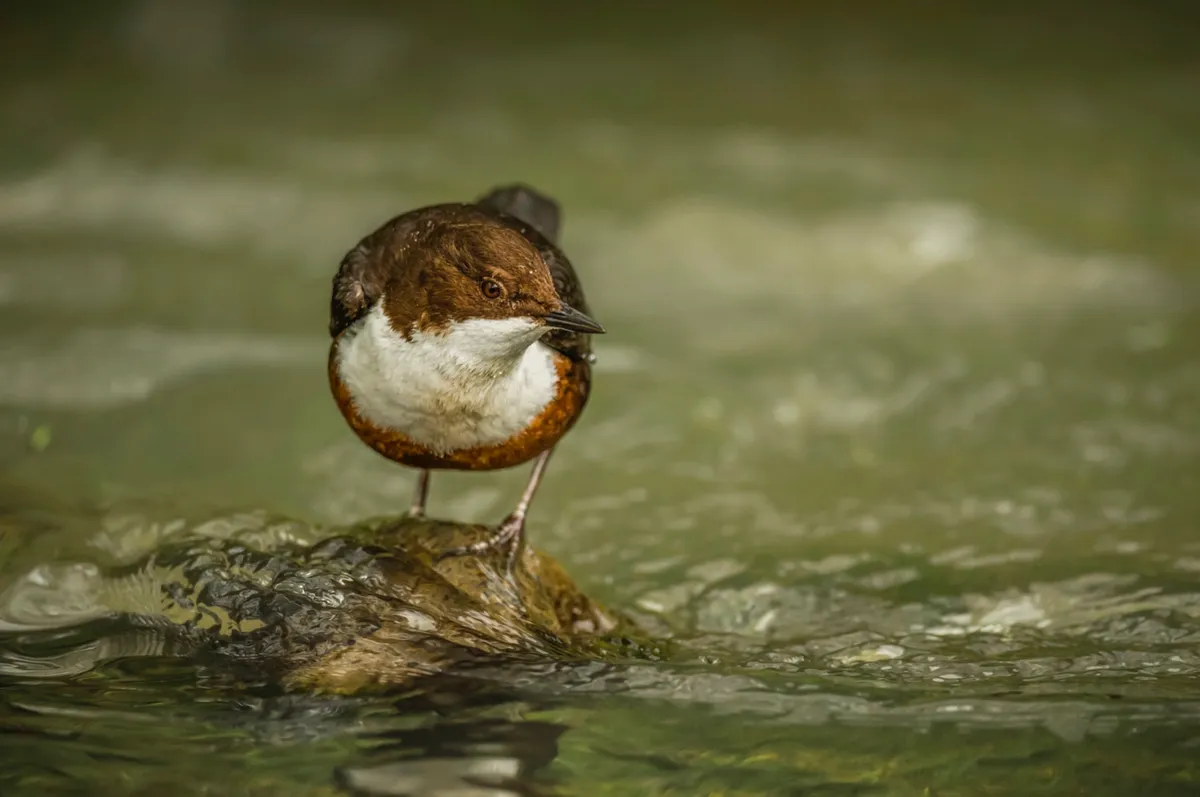
3. Mind the mines
Look out for disused mine tunnels along the riverbank. These were almost certainly exploratory levels or drainage adits. The Queen of the Dart copper mine is on the opposite bank. Miners digging in this area were looking for copper, lead and even silver, so keep your eyes peeled. If you visit in the evening you may be lucky enough to spot endangered greater horseshoe bats. They begin their yearly hibernation by the end of October but need to stock up on as many moths and other insects as possible before then.
4. Micro moth
Turn left at the stream and boundary and follow the path uphill away from the river. At the junction by the gate, turn left. One creature you almost certainly won’t notice here is the three-millimetre micro moth Ectoedemia heckfordi – you may, however, spot an oak leaf that the larvae has burrowed into. One of at least 2,000 species of micro moth in the UK, this tiny oak-loving insect has only been found here in Hembury Woods.
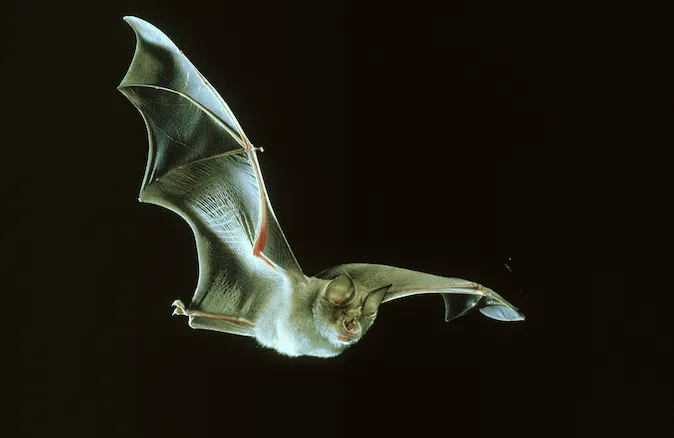
5. Upward climb
The path eventually heads downhill and crosses another stream. After the stream, turn immediately right uphill. Keep your eyes peeled for a sign to the fort marking a small, steep footpath on the left. Take this path.
As you climb, imagine what it would have been like to be one of the warriors attacking this well-protected fort up such a steep slope and with sling stones raining down on you from the walls above.
6. Hilltop fort
Turn left at the top of the hill and follow the path around the fort earthworks. These are overgrown now but you can see how much work it would have taken to build them with only basic tools.
As you explore the hillfort area, try to work out where the motte (mound of earth), bailey (enclosed courtyard) and ramparts (defensive banks) were.
7. Lunch at the abbey
Exit the fort by the same gate and follow the signed path back down through the woods. You will emerge on the lane where your walk started.
The woodland picnic area at Hembury is beautiful, but if you would like to try some local fare, visit beautiful Buckfast Abbey or take a wander around nearby Buckfastleigh, which has both pubs and cafés. The nearest toilets are at Buckfast Abbey and Buckfastleigh.
Hembury Woods walking route and map
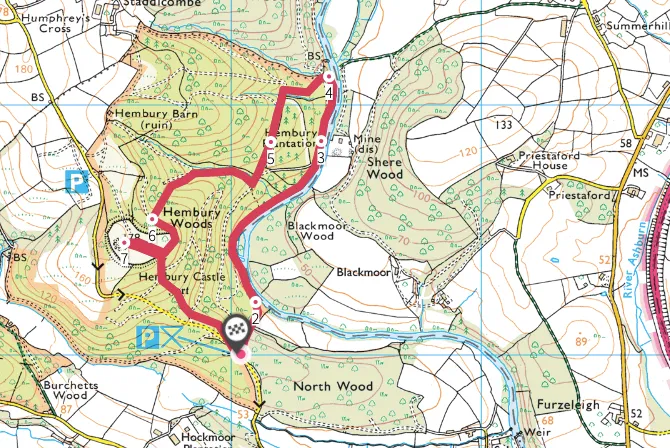
Words: Fi Darby is a Devon author, blogger, copywriter and OS Outside Champion. Find out more at www.fidarby.co.uk


